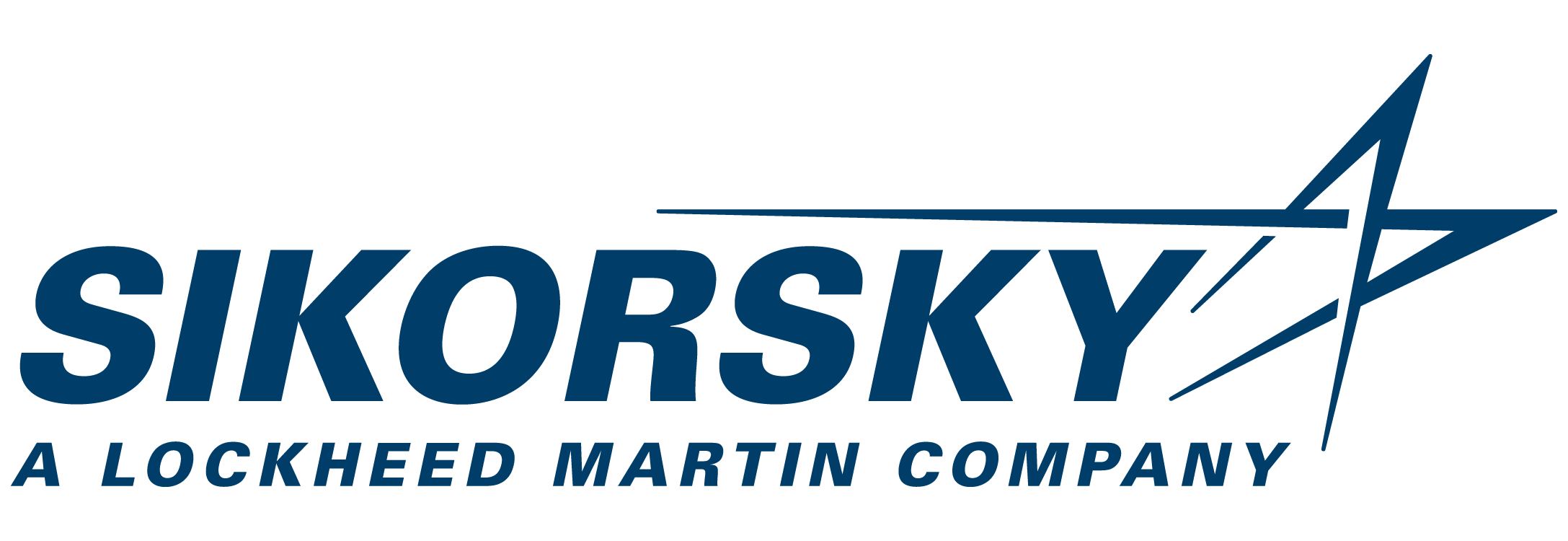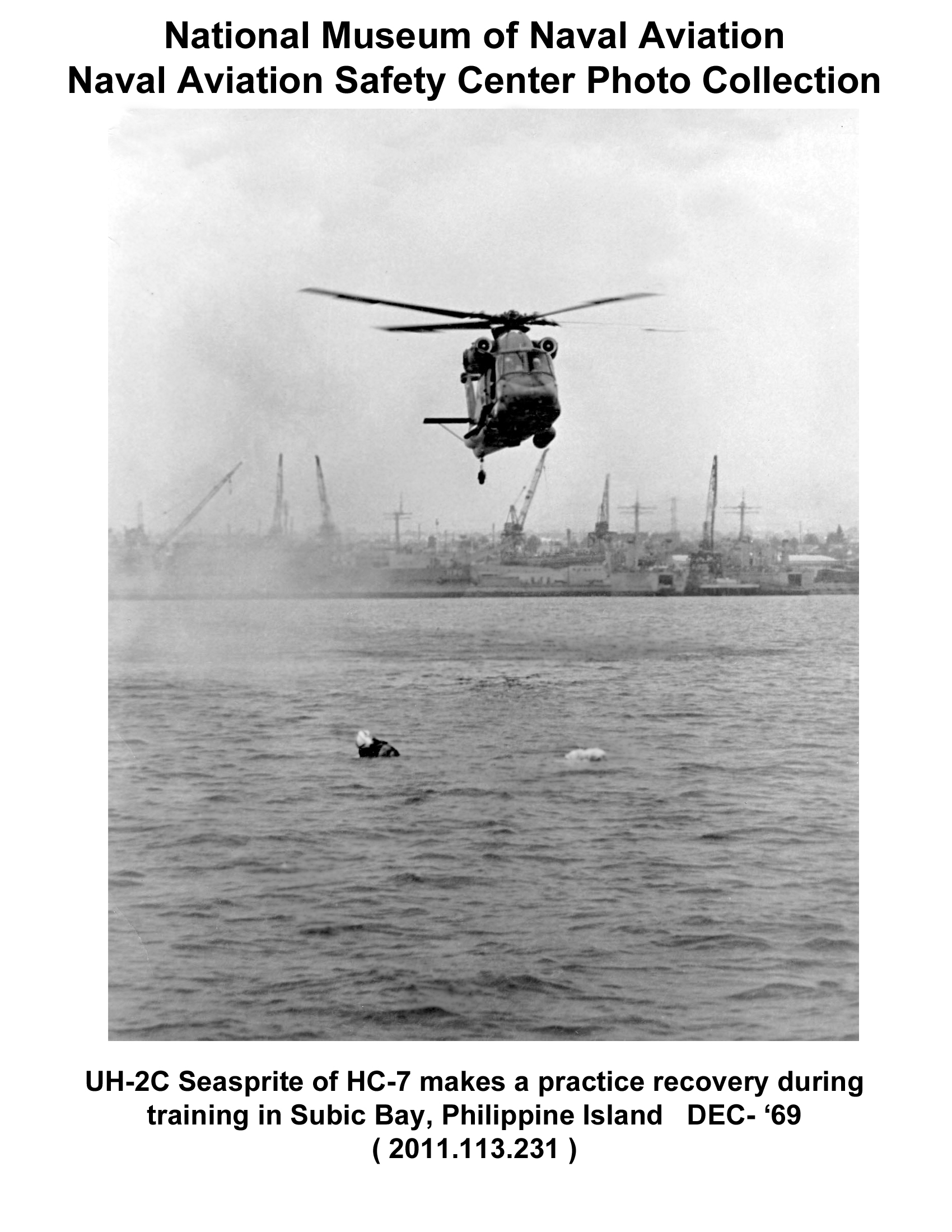What Did HC-7 Fly?
At one time, the squadron had four different types of helicopters in its inventory – several models of the H-2, H-3s, H-46s and even an older, piston powered H-34. The H-46s and H-34 performed logistics roles while the H-2s and H-3s flew primarily CSAR.
The single engine UH-2Bs were underpowered and were replaced by the twin-engine HH-2C which solved the power problem. However, its lack of endurance – 2.5 hours of fuel – and small cabin limited its effectiveness.
The H-2s were replaced by a modified H-3 which had armor, self-sealing tanks, a faster hoist with a longer cable, a mini-gun mounted to fire when the starboard cargo door was open and an M-60 firing through the port door and other modifications. With 4.5 hours of internal fuel, the twin-engine HH-3A was a much more capable search and rescue platform.
Initially, the squadron deployed in single plane H-2 detachments on large cruisers and destroyers stationed off the coast of North Vietnam and an H-3 detachment on a carrier on Yankee Station until Operation Rolling Thunder ended in November 1968. When the H-2s were phased out, HC-7 maintained a detachment of four to five HH-3As known as Det 110 on one of the carriers on Yankee Station that moved like gypsies from one carrier to another. HC-7 would deploy its helicopters from the carrier to the destroyers and cruisers off the coast of North Vietnam.




